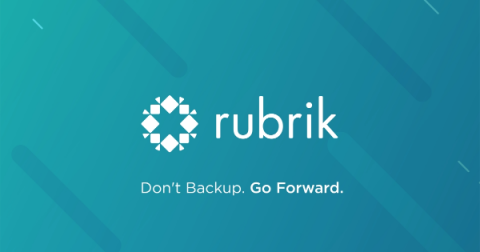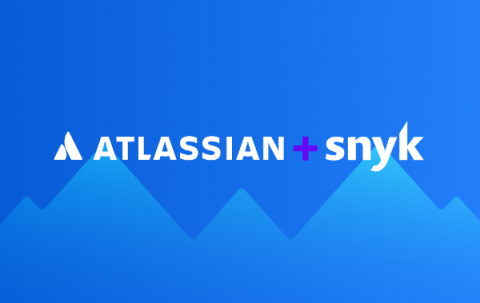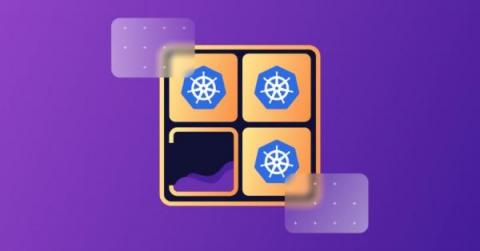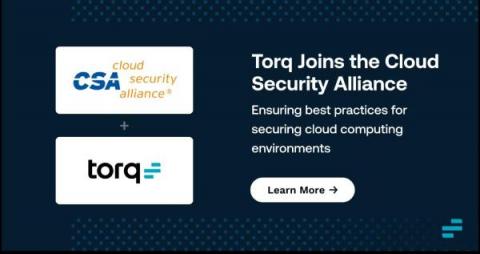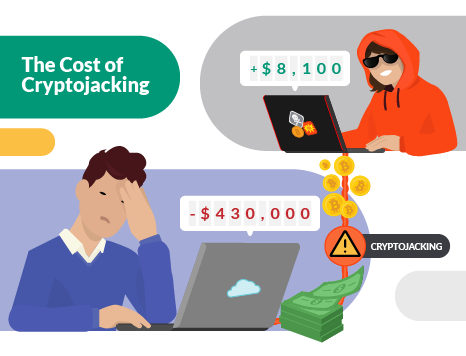Take the Uncertainty Out of Ransomware Recovery: Introducing Rubrik Cyber Recovery
As the attack surface widens and cybercriminals get more sophisticated, organizations are struggling to prepare for and respond to ransomware and other cyber incidents. According to the inaugural State of Data Security report from Rubrik Zero Labs, a staggering 92% of global IT and security leaders are concerned they are unable to maintain business continuity following an attack.


